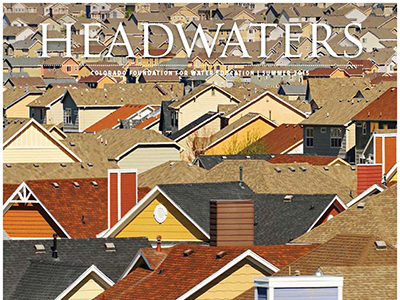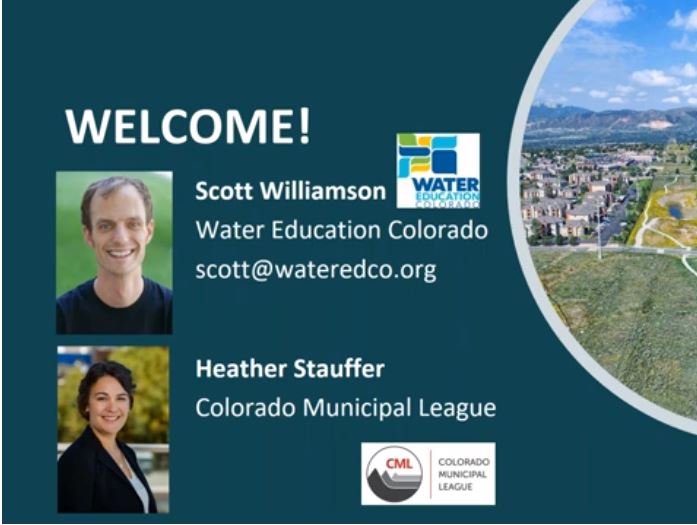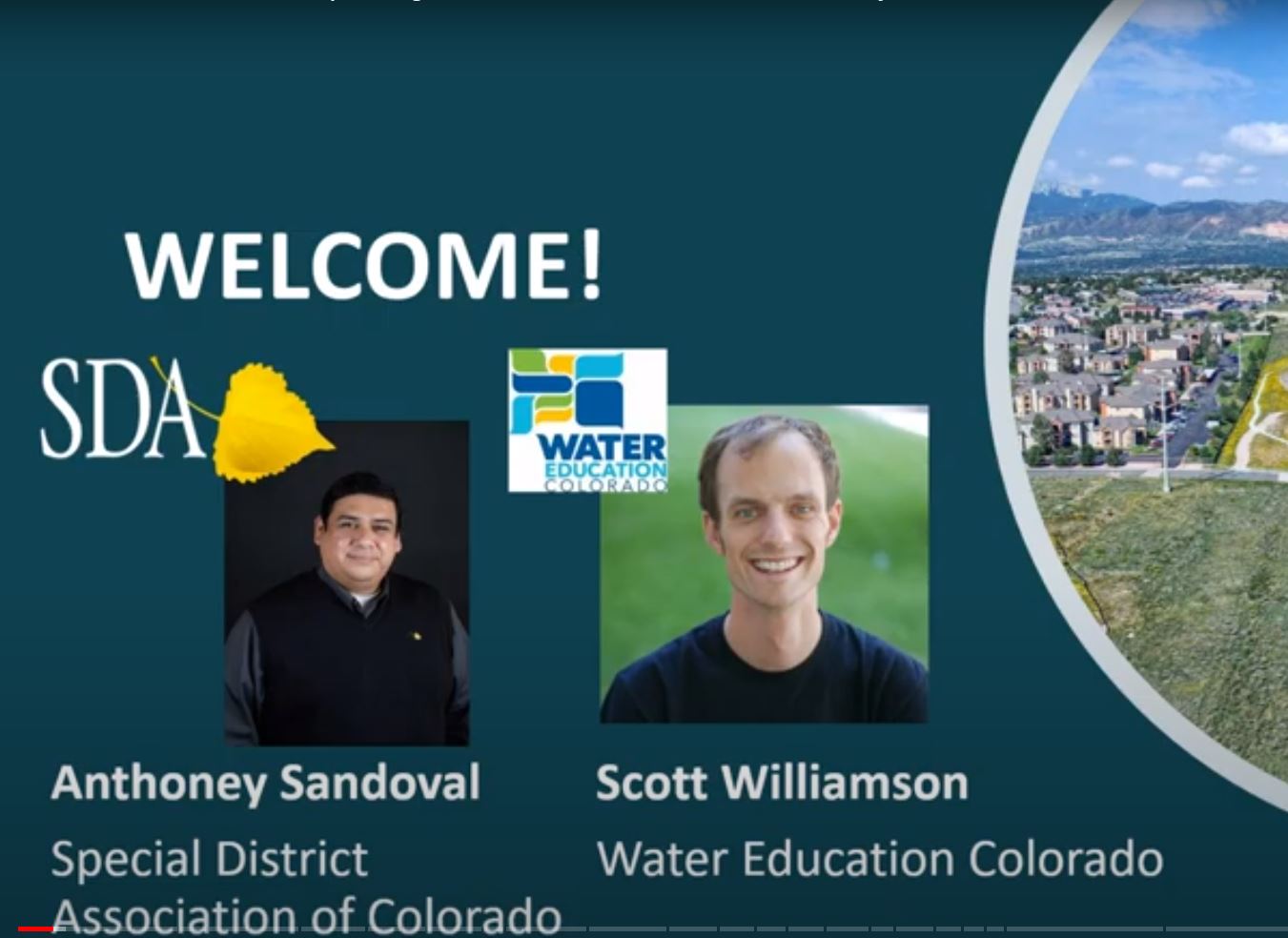Water-Smart Land Use & Planning
There’s a nexus between land use and water and opportunities to merge the two fields to grow more resilient and water-smart communities. In Colorado, new housing builds and remodels pose an opportunity to rethink the way the state grows in light of water scarcity.
Tools exist for already-built communities to advance water conservation through land use policies and planning mechanisms. According to the Colorado Water Plan, the manner in which the state grows — how we think about landscape and landscaping, how water efficient new builds are, the policies and plans in place to encourage conservation — will have a strong influence on future water supply gaps and vice versa.
If a Colorado town's population is this size or higher, the towns must have a master plan for present and long-term land use
Under Colorado law, any town or county with more than 25,000 people must develop a comprehensive or master plan to guide its present and long-term land use. The plan is a roadmap to steer communities through growth and development, and typically includes sections that address housing, transportation, utilities, and, as mandated by state law, recreation and tourism. But, until recently, water often went unmentioned.
Policies and Planning Tools
In 2016, HB 16-1313 gave municipalities or counties the option to amend their master plans to incorporate water conservation goals in their master plans then 2020’s HB 20-1095 required local government master plans that contain a water supply element to include water conservation policies.
Zoning, building and land use codes direct development. Today some cities set “minimum” densities, which limit the size of lots and lawns, enabling more efficient water delivery systems and minimizing outdoor water use. Some are designed to limit water demand with built-in greywater systems, shared open spaces with native landscaping rather than lawns, and other features. Landscape ordinances can also integrate water efficiency into land use plans to limit turf coverage, improve soil health, encourage native vegetation, and more.
Building water efficiency into new growth can lock in water savings for the future by accounting for the effect of lot size and landscape choices at the outset. Recognizing these connections, water entities are working with city planners, developers, water managers and government officials to better integrate water planning and urban development on Colorado’s fast-growing Front Range.
In 2015, legislators also passed SB 15-008, directing the CWCB to work with the state Department of Local Affairs to develop and provide trainings for water managers and land use planners on best management practices that facilitate reduced water demand in new construction.
In addition, the bill created a new guideline for the Colorado Water Conservation Board or Colorado Water Resources Power and Development Authority, the two main governmental lenders for water projects, in determining whether to provide financial assistance for a project: Entities seeking funds should demonstrate they have participated in and are employing water conservation methods learned in these trainings.
Best Management Practices to Reduce Water Demand in New Construction
In response to SB 15-008, which required that a “Water Efficiency Plan evaluate best management practices for water demand management, water efficiency, and water conservation that may be implemented through land use planning efforts,” the Colorado Water Conservation Board worked with the Getches Wilkinson Center at CU Boulder and the Babbitt Center for Land and Water Policy at the Lincoln Institute to develop those best practices.
Those best practices are numerous and include conservation-oriented tap fees, encouraging compact and cluster development, incentivizing reduced irrigation, water audits, rainwater reuse, strengthening water-related ordinances and regulations, creating water-efficient landscape code, creating ordinances that promote efficient fixtures in existing buildings, providing consistent information through educational programming and more.



